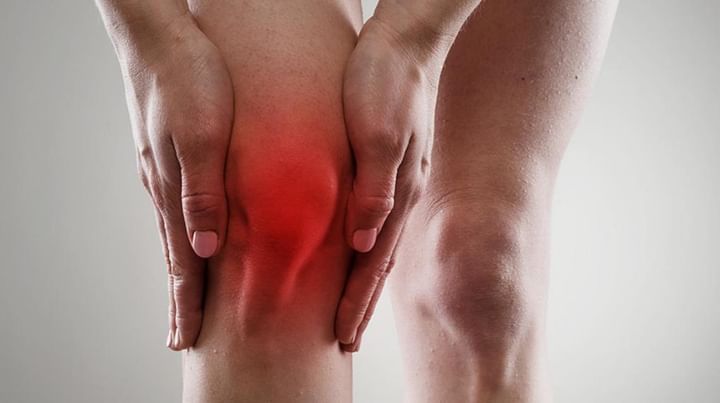9 Tips for Rehabilitation After A Knee Surgery
Rehabilitation following arthroscopic meniscectomy can be divided into four phases: protection, moderate protection, early functional and late functional.The word guideline is used instead of the protocol as it allows for individualization.
The immediate postoperative phase is characterized by soft tissue bleeding and effusion, pain and quadriceps inhibition. Prior to discharge from the hospital, the patient’s involved extremity is placed in a jobs cryo temp in an elevated position for 20 minutes. By utilizing the intermittent compression device, RICE (rest, ice, compression, and elevation) is quickly applied.
The patient is then instructed in a series of home therapeutic exercises, which include quadriceps setting, straight leg raises (SLR) in multiple planes and an active- assisted range of motion exercise. The patient is fitted with crutches and instructed in ambulation training weight bearing as tolerated on all surfaces.
The patient is encouraged to follow the RICE principle and to curtail any excessive walking throughout this first phase, which usually lasts 5 to 7 days postoperatively. Non-steroidal anti-inflammatory drugs are prescribed, as they have been shown to decrease pain and effusion throughout the postoperative period following arthroscopic meniscectomy.
MODERATE PROTECTION PHASE
The moderate protection phase is characterized by decreased pain, mild effusion, the range of motion greater than or equal to 90 degrees, and weakness.At the beginning of this phase, approximately 1 week postoperatively, the patient begins rehabilitation. History, measurements, and tests consistent with an initial evaluation are taken.
9 Important points for the rehabilitation or physiotherapy following an Arthroscopic Meniscectomy aka Knee Surgery:
- The patient is allowed to discontinue using crutches upon demonstrating a normal gait pattern. The patient is reminded that‘every step is therapy’ as normal gait will help facilitate a normal range of motion. Using cuff weights, multiple planes SLR are continued in a progressive resisted exercise manner.
- The leg lift in the supine position should be performed with the involved knee in a slightly flexed position to improve the effectiveness of the exercise on the vastus muscle group.
- Proximal (hip) musculature and hamstring isotonic exercises are added to the program, utilizing various progressive resisted machines. In keeping with the concept of total leg strength, calf raises off a step is begun. Submaximal multiple angle quadriceps isometrics are performed to improve static muscular strength without causing further joint irritation.
- Strength gains are angle specific, and physiological overflow is about 20 degrees in either direction. This exercise is useful in strengthening the vastus medialis oblique, as it has been found to have maximal output in the 60-70 degree range of motion.
- Electrical stimulation or biofeedback is used in conjunction with the isometric exercise for the patient with advanced quadriceps inhibition. A stationary cycle is initiated to improve range of motion and build muscle strength and endurance.
- Ergometric cycling has been shown to be an excellent mode of rehabilitation since tibiofemoral compressive forces during induced during cycling approach only 1.2 times body weight. this is significantly lower than activities of daily living such as walking( two to four times body weight)or stair climbing( three to seven times body weight). Seat height should be kept high because of pattelo femoral joint compressive force increase with decreased seat height.
- When the range of motion is limited to less than 100 degrees, a short crank ergometer is employed, decreasing the arc of motion necessary to cycle.This gives the patient a psychological boost because it allows for aerobic exercise.
- Flexibility exercises (in the form of hamstring and calf stretching) are started, preferably after cycling since increased tissue temperature promotes a more effective stretch.Cold application is continued for its analgesic and anti-inflammatory effects.
- Transcutaneous electrical nerve stimulation (TENS) is used for patients with increased pain. The patient’s home program is expanded to include cuff weight PRE, stationary bike, and stretching. The patient is also provided with a theraband for standing hip extension, abduction, adduction and seated knee flexion.



+1.svg)
